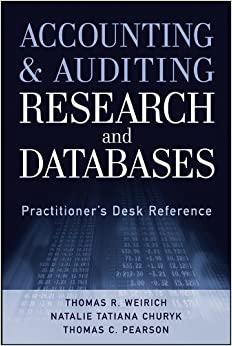Answered step by step
Verified Expert Solution
Question
1 Approved Answer
answer part b (a) For the LEGvB assembly instructions below, what is the corresponding C statement? Assume that the variables f, g, h, iaadj are
 answer part b
answer part b
Step by Step Solution
There are 3 Steps involved in it
Step: 1

Get Instant Access to Expert-Tailored Solutions
See step-by-step solutions with expert insights and AI powered tools for academic success
Step: 2

Step: 3

Ace Your Homework with AI
Get the answers you need in no time with our AI-driven, step-by-step assistance
Get Started


